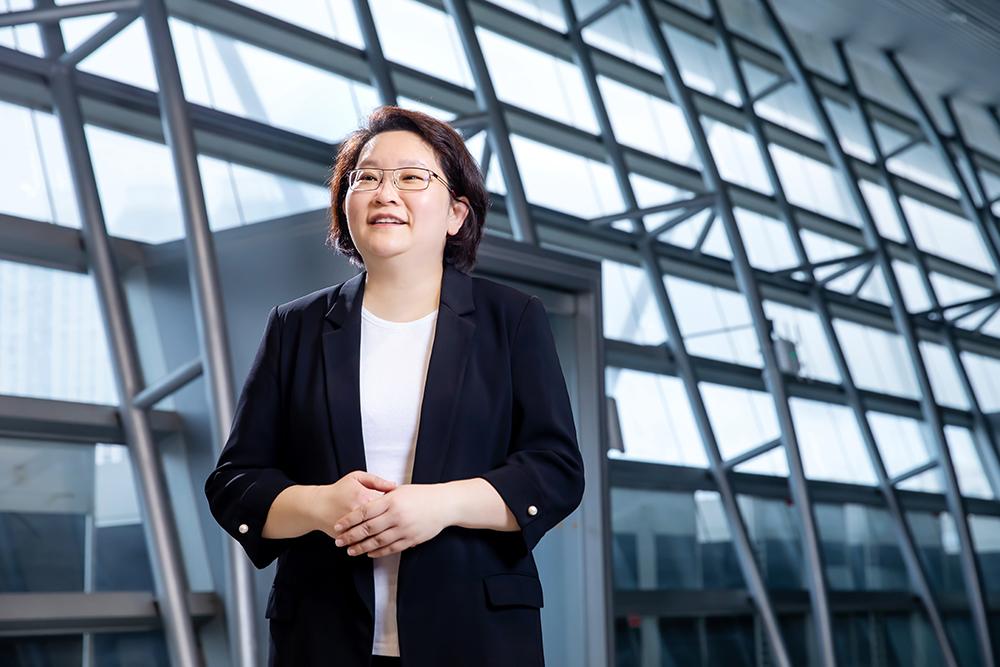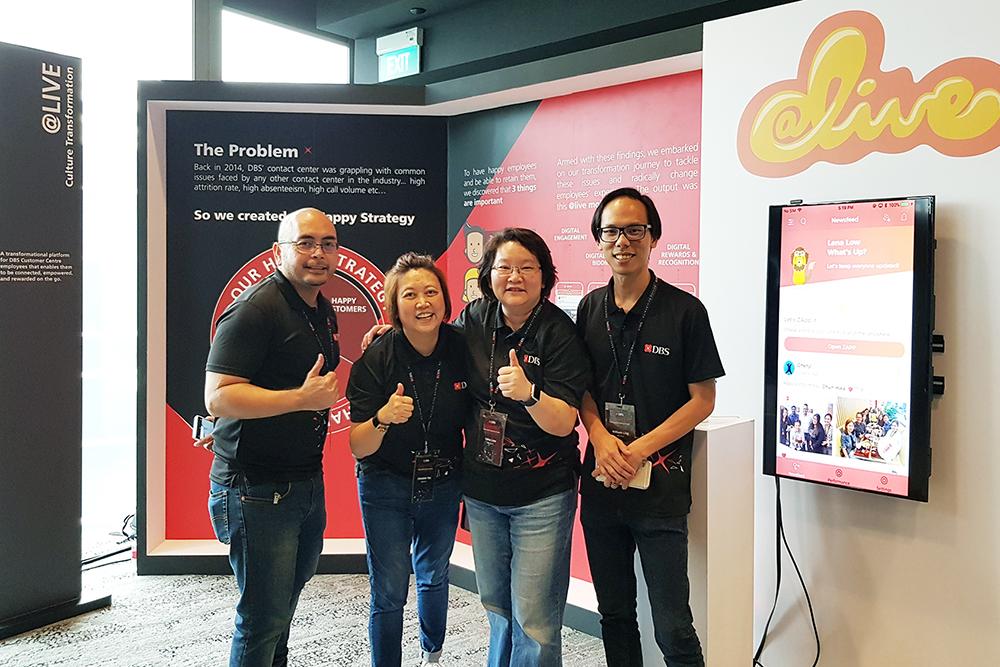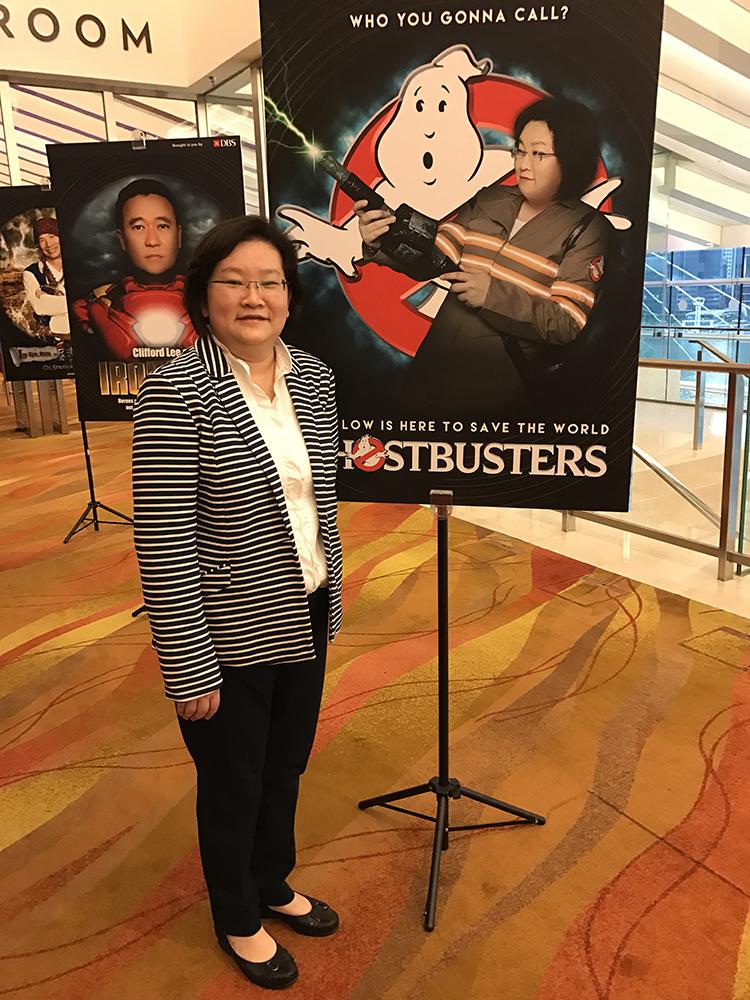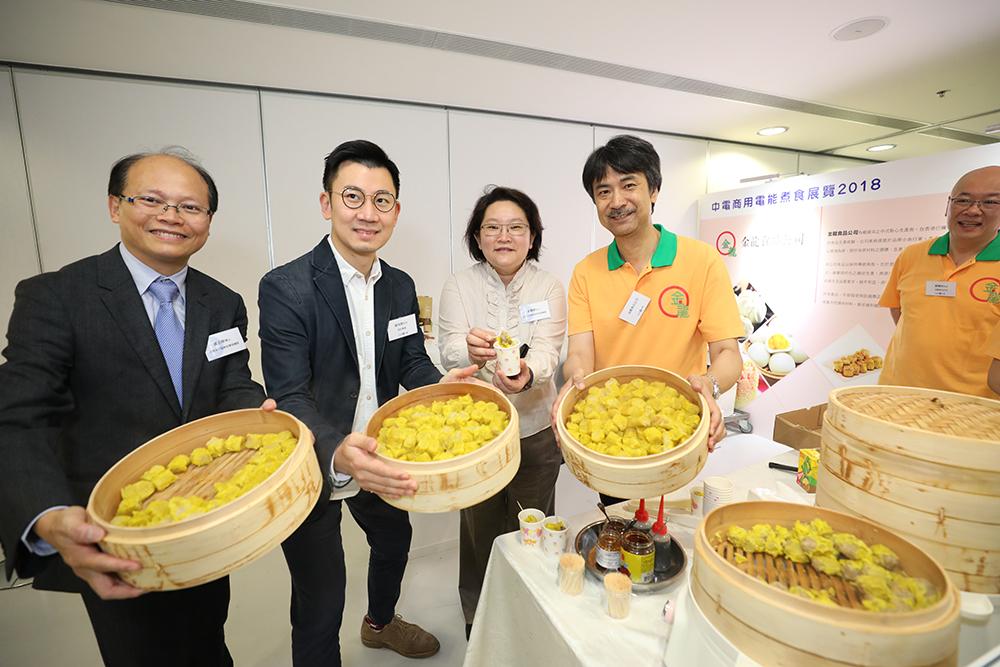Doing the Right Things in a Transforming Business World
Lena Low learned the importance of doing the right thing early in her career when she worked with an emergency medical assistance company that flew teams out to help victims of the 2002 Bali bombing and the Indian Ocean tsunami in 2004.
As news of the disasters broke, she watched in admiration as her colleagues headed to the airport with no thought of the cost of the operation but only one objective in mind: to save lives.
“I worked with company founders, doctors and nurses who have very high professional standards and believe doing the right thing matters more than revenue or profit because people’s lives are at stake,” she recalls.
It is a lesson Singapore native Lena has carried with her into her current role as Senior Director for Customer and Business Development at CLP Power. “Always do the right thing,” she says. “That maxim will guide you in any situation."
Learning to lead
This thinking was reinforced to Lena when she worked at technology giant Microsoft in the mid-2000s. Running a regional team in Singapore, she recalls how her manager told her during one critical situation where decisions were needed to be made immediately in the absence of full set of information: “Lena, you will not be fired if you make a logical but wrong decision but you will be fired if you don’t make any decisions. You are hired to make decisions.”
Lena recalls, “That was a very impactful learning experience for me as it really made me sit up and understand what empowerment and leadership was all about.
“My responsibility as a leader was to lead the team even if it means I may not always have 100% of the information to help me make a fully informed decision. In many instances, applying truth and logic provided a good guiding principle in moments where I needed to make decisions but without all the information. This has helped me greatly throughout my career to balance taking risks and taking action. Not having the luxury of time or all the information to make decisions are actually very common scenarios in the business world.”
Two years later, Lena took her experience into the banking industry. During her eight years with two banks in Singapore, she saw two major crises that shook the industry.
The first one – the Lehman Brothers crisis of 2008 – was the result of bankers failing to do the right thing, she says.
The second crisis was the disruption caused by the rise of fintech – disruptive technology that reshaped the industry and overhauled a century-old banking culture.
Banks at first tried to ignore the emergence of fintech but were forced into action when they saw the most profitable part of their business nibbled away by fintech companies.
“Banks started to transform their business model by embedding themselves in their customers’ ecosystem, identifying customers’ pain points and finding partners they could collaborate with,” she says. “Before, they sat in their offices waiting for customers to come to them to borrow money.”
Lena witnessed a transformation in the way the banking industry operated. “In the past, people thought banks had to be physical, and the branches had to be grand, but today, technology has already put banking into a mobile device for customers!” she says. “It took 10 years for banks to understand that change is here to stay and really gear themselves up to fight against start-ups.”
Having seen how the fintech and start-up companies shook up the industry, Lena was curious as to how they could do it so fast and so well. To gain first-hand experience, she joined a start-up dealing with mobile security for two years to learn the secrets of their success.
“Start-ups comprise of people who have a common vision. Because of this alignment, they do not need to spend a lot of time debating the direction forward which makes their decision-making very straightforward,” Lena says. “They also have very lean organisational structures which hold everyone accountable for their decisions and actions."
Reshaping the customer ecosystem
In March 2018, Lena brought her wealth of experience and passion for taking up challenges to CLP, where she spends around half her time with customers and the other half focusing on internal transformation.
When she joined CLP, internal meetings were taking up most of her work time. Lena managed to reallocate her time to spend with customers through streamlining of meetings and empowering across the organisation.
“I empower my team members to make decisions and take accountability for those decisions,” Lena says. “This is only logical as it helps to train our people to be comfortable with making decisions.”
One of Lena’s key roles is to meet and bring customers together and help them solve the problems in their ecosystem, using her past experiences in the banking and technology industries.
Lena believes traditional utility companies have to change their business model and seize opportunities in a fast-changing business environment.
“We need to upgrade ourselves to be a smart city partner if we want to grow together with our customers,” she argues. “Embedding ourselves in our customer’s journey will enable us to understand their pain points much earlier so that we can influence their decisions during the critical moments.”
As part of that vision, Lena organised CLP’s first central kitchen fair at Hong Kong’s InnoCentre in November 2018 to bring together both old and new key partners in the catering and restaurant industries for new collaboration opportunities.
“Today, quite a few restaurant owners face problems of high rent and lack of space and business growth under such constraints is a big problem.” she explains. “Central kitchens, on the other hand, are well equipped, productive and more cost-effective but their capabilities are not well known due to a lack of marketing effort.
“In the past two years, new players have also emerged such as food deliverers and eco-friendly disposable utensils manufacturers, who are looking for business and partnership with restaurants. But they are all doing it on their own. They do not know each other or how to collaborate.”
CLP’s role is to bring them together and help them leverage on one another’s strengths to grow.
“In the process, we have the opportunity to introduce to customers the benefits of electrifying their production. In this way, everyone in the ecosystem grows and that’s how we will grow too,” she says.
Seeking a smarter future
Lena is excited to have joined the energy industry at a time of extraordinary change and is dedicated to promoting digitalisation to support Hong Kong’s transformation into a smart city.
Another initiative that she is involved in is the development of smart homes for elderly people in a partnership with start-up companies.
“We source the technologies which can solve some of the problems facing our customers,” she explains.
“Then we proactively connect them and help them come up with solutions using our expertise and engineering capability. We help our customers to build experiments and do trial and execution.”
The initiative covers a range of services for the elderly including smart cooking, smart entertainment, smart health, smart security monitoring, smart energy management, and smart environment. By offering such services, elderly home operators are willing to try new technologies.
Like every major venture in Lena’s career, it is a matter of doing the right things.
“CLP has the opportunity to innovate and orchestrate a whole new elderly living experience which could potentially lead to a new service with smart meter technology deployment moving forward,” she says.
To learn more about CLP’s connection with society, please check out the latest issue of CLP.CONNECT.





